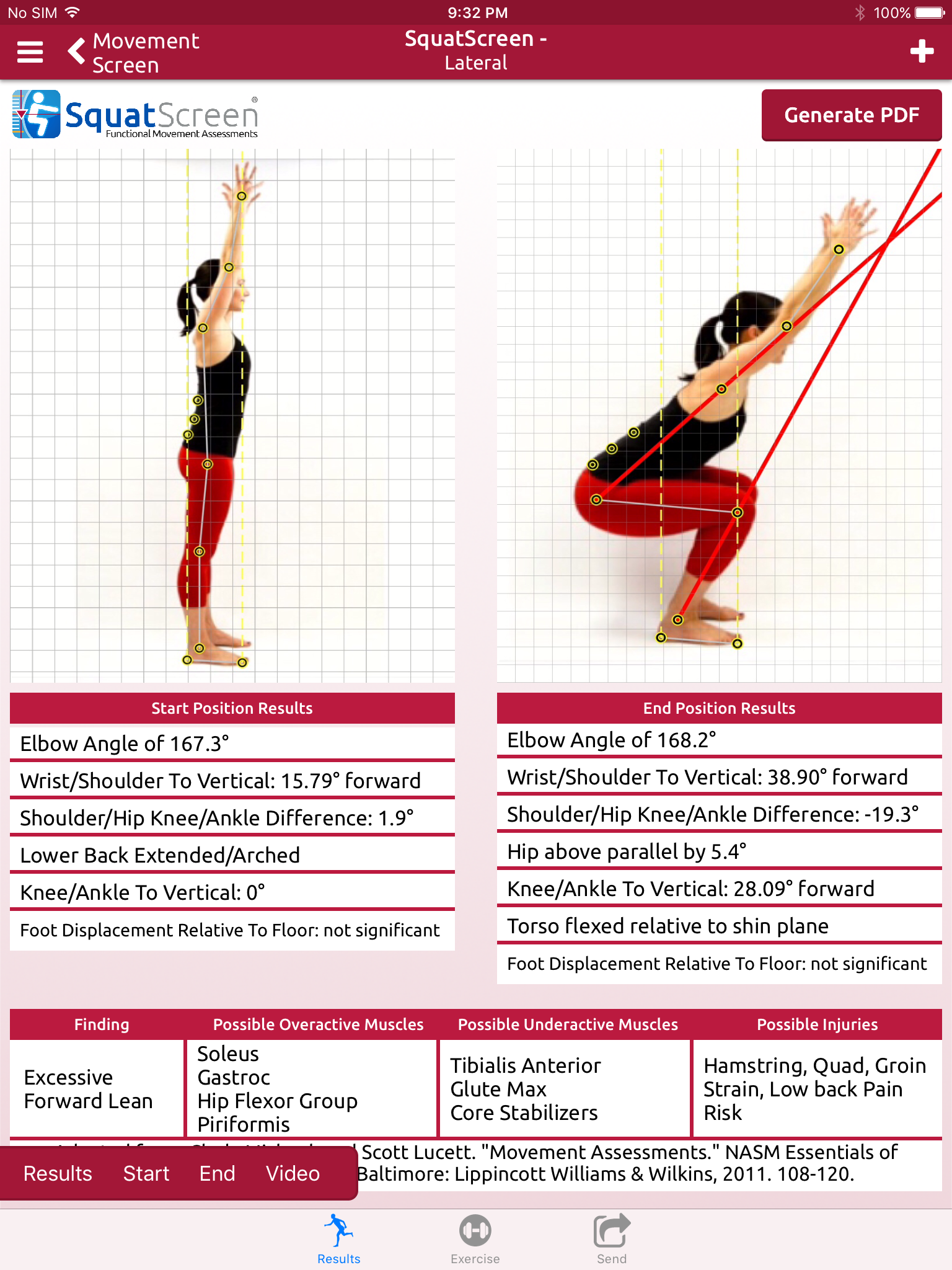

Your body also conserves energy as your weight declines meaning the less you weigh the fewer calories you can consume just to maintain your weight. The other issue is your BMR declines naturally as you age due to a loss in lean muscle mass, further reducing the number of calories you can consume and maintain your weight. In parts of Asia, including China, Japan and Singapore the BMI Index is much lower which reflects cutural values and body surface differences. Many Athletes are considered obese under this formula even though they have very low percentages of Body Fat. The problem with this method is it doesn't address lean muscle mass. It is defined as your "body weight divided by the square of your height." In most countries if your BMI is above 25 you are overweight, 30 + and you're considered obese. Your BMI determines the percentage of Body Fat you have. This difference in "weight by volume" is measured by your Body Mass Index, not your BMR. The reason is illustrated in the image to the left which offers dramatic evidence that muscle fibers weigh more than fat. In our opinion this means Body Composition is a huge factor in how successful you are likely to be in controlling your weight. What most people miss is that the more you weigh the higher your BMR will be and that means you can consume more calories and still maintain your weight. You aren't in control of your age, gender, or how tall you are.of the 4 basic factors the only one you have any opportunity to control is your weight. A tall person will have a higher BMR than a shorter person even though they may weigh almost the same. The reason height and weight are factors is because the more "Body Surface" you have the more energy is required to keep it functioning. The factors involved in determining your Basal Metabolic Rate are Age, Gender, Height and Weight. Converting calories into energy is what your metabolism is all about. This energy is used to fuel all the body's functions, including digestion, tissue repair, respiration, circulation and other factors that keep you alive. Metabolism is the process by which the body converts food into usable energy. Muscle helps you maintain your BMR which makes it Want to lose fat? Create a caloric deficit by decreasing energy in (food) and increasing energy out (exercise). Looking to increase muscle? Eat more than your TDEE requires and use that extra energy to hit the weight room and build new muscle.An exact replica of 5 pounds of fat and 5 pounds of muscle. Using your TDEE as a baseline, you can start to craft nutritional plans for yourself based on what you want to do with your body composition. Used properly, your BMR can help you make a nutritional plan designed for either fat loss or muscle gain by helping you understand how much energy (read: calories from food) your body needs.īy multiplying your BMR with an activity factor, you can get a general estimate of your Total Daily Energy Expenditure (TDEE). Value To You: Outside of your Percent Body Fat, if you learn a second thing today, learn the value of your Basal Metabolic Rate. It’s the reason why a 250-pound NFL linebacker needs to eat more than a 150-pound sedentary adult – the linebacker has far more Lean Body Mass. Someone with more Lean Body Mass will have a higher BMR than someone with less BMR. It’s a huge component of your overall metabolism. Kat Metabolic Rate, or BMR, is the number of calories that your body requires to maintain its Lean Body Mass. Our certified personal trainers and InBody 570 will provide you with the comprehensive data you need to reach your goals.

It is important to remember that if you are coming to us with the goal of losing weight, your scale is only providing you with limited information. Our InBody 570 system helps us to measure body composition and much more. We will also measure your body composition to determine if your body fat percentage is decreasing, if you are gaining lean muscle mass, and if your basal metabolic rate is improving. We understand that getting off to a great start requires data and the expertise to apply that data correctly when designing your program.ĭuring your fitness assessment, we will evaluate your current fitness level, as well as 10 essential components of fitness, such as strength, speed, and flexibility. Our Worcester Fitness Training Team is committed to providing you with the ultimate fitness experience.


 0 kommentar(er)
0 kommentar(er)
